Artee Riders Club (아띠인력거)
12.8Km 2022-09-15
43, Bukchon-ro 5-gil, Jongno-gu, Seoul
+82-1666-1693
Artee Riders Club is the first company that offers rickshaw tours in the nation. Not only do you get to ride on the rickshaw to tour around popular attractions including Bukchon Village, Seochon Village, the rickshaw tour guides you to the smaller alleys as well. Travelers to Bukchon Village may have their belongings or luggage stored at the center, and individual's insurance as well as a complimentary drink are offered.
Seongnam Arts Center (성남아트센터)
12.8Km 2021-12-21
808, Seongnam-daero, Bundang-gu, Seongnam-si, Gyeonggi-do
+82-31-783-8000
Opened on October 14, 2005 by Seongnam Cultural Foundation, Seongnam Art Center is oriented towards cutting-edge performance and exhibition art, and serves as a local-friendly cultural site. The art center operates three performance halls (Opera House, Concert Hall, and Ensemble Theater) and three exhibition halls (Cube Art Gallery & Gallery 808, Bandal Gallery, Permanent Gallery). The center has hosted a variety of cultural events, from Korea's first introduced performances, Seongnam's original performances, self-produced works, region-friendly programs and other creative cultural contents. In addition, the art center operates diverse facilities such as Seongnam Media Center, Central Park Outdoor Performance Hall, Book Theme Park, International Musical Instrument Exhibition Hall and others for the community's enjoyment. Its varied projects support culture and art, including Sarangbang Culture Club which became a famous cultural brand representing Seongnam and established the foundation to communicate and enjoy cultural arts. Anyone can participate in the creative education program at Seongnam Media Center and Academy.
Olens - Chung-Ang Univ. Branch [Tax Refund Shop] (오렌즈 중앙대)
12.8Km 2024-04-16
1F, 87-1, Heukseok-ro, Dongjak-gu, Seoul
-
The Story of King Sejong (세종이야기)
12.8Km 2022-09-13
jiha 175, Sejong-daero, Jongno-gu, Seoul
+82-2-399-1000
The Story of King Sejong comprises six different sections with a total area of 3,200 square meters. The museum consists of exhibition zones, an event space, video room, shop and more to display King Sejong’s scientific, artistic, military, and political contributions, including the theory of Minbon, which recognized the people as the base of politics. King Sejong, the 4th king of the Joseon dynasty (1397-1450, reigning from 1418-1450) was responsible for some of the most brilliant achievements in the history of Korea, including the creation of Hangeul (Korean alphabet) and great advancements in the areas of science, culture, art and politics.
Olive Young - Guri Galmae Branch [Tax Refund Shop] (올리브영 구리갈매점)
12.8Km 2024-06-27
24, Sanmaru-ro, Guri-si, Gyeonggi-do
-
Seoul Hyochang Park (서울 효창공원)
12.8Km 2024-07-09
177-18 Hyochangwon-ro, Yongsan-gu, Seoul
+82-2-2199-7608
Hyochang Park covers 122,245 square meters spanning across Hyochang-dong and Cheongpa 2-dong. It is a historic landmark that once contained several royal tombs, and was known at that time as Hyochangwon. The cemeteries that were originally located in Hyochangwon belonged to Crown Prince Munhyo, King Jeongjo’s first son who died at the age of five; Royal Noble Consort Uibin of the Seong Clan, King Jeongjo’s royal concubine and Crown Prince Munhyo’s mother; Royal Noble Consort Sugui of the Park Clan, King Sunjo’s royal concubine; and her daughter Princess Yeongon. The royal tombs were moved to Seooreung Tombs in the waning months of the Japanese colonial period. The Japanese empire began the development of Hyochangwon into a park in 1924, and the Japanese governor-general officially assigned the site as a park in 1940.
Presently, several of Korea’s greatest leaders are buried in Hyochang Park. The remains mostly belong to independence activists including Yoon Bong-gil, Lee Bong-chang, and Baek Jeong-gi, whose graves are collectively known as Samuisa Tomb. A statue of Lee Bong-chang has been built in the graveyard. Among the other patriotic martyrs who are interred in the park are Kim Gu and some of the key figures of the provisional government such as Lee Dong-nyeong, Cha I-seok, and Cho Seong-hwan. An ancestral shrine named Uiyeolsa has been built along the main gate and holds the portraits of the deceased independence activists.
Roomin Bukchon (루민북촌)
12.8Km 2024-12-13
13-12 , Bukchon-ro 11-gil, Jongno-gu, Seoul
+82-70-8098-4497
Located in Gahoe-dong, Seoul, Roomin Bukchon is a private hanok accommodation in a residential area near Bukchon Hanok Village. It is 23.14㎡ in size, so it is not very spacious, but it is sufficient to accommodate two people. It is equipped with a Balmuda toaster, an induction cooktop, a bathroom with a shower, and a bedroom with a beam projector to ensure that there are no conveniences. Guests are also provided with aromatherapy amenities and drip coffee bags from a popular cafe nearby, as well as access to a washing machine. You will find major tourist attractions nearby, including the Palace, Insa-dong, and Hanok Village.
Seongbuk-dong–Bukchon Hanok Village Course (성북동고택북촌산책길)
12.8Km 2025-03-15
68, Seonjam-ro 5-gil, Seongbuk-gu, Seoul
The Seongbuk-dong–Bukchon Hanok Village Course is a nostalgic path connecting famous old houses in Seongbuk-dong and Bukchon Hanok Village, divided by the old city walls. Along the way, you'll find historic sites like Gilsangsa Temple, Jeongbeopsa Temple, Han Yong-un’s Simujang House, and novelist Lee Tae-jun's House. The trail also features charming cultural spots, such as the traditional tea house Sooyeon Sanbang and the Seongbuk Museum of Art.
◎ Travel information to meet Hallyu’s charm - "Parasite"
The scene in the alley where Ki-woo visited Mr. Park's house in a wealthy neighborhood for expensive tutoring was filmed in a residential area in Seongbuk-dong. Seongbuk-dong, an old wealthy village, has luxury mansions lined up in. There are many pretty cafés and galleries here and there, so it's good to take a leisurely look around. Mr. Park's house was a filming set, which was demolished after filming.
King Sejong Statue (세종대왕 동상)
12.8Km 2024-03-04
175, Sejong-daero, Jongno-gu, Seoul
+82-2-2133-7713
King Sejong Statue can be found at Seoul’s Gwanghawmun Square. The statue commemorates King Sejong the Great (1397-1450, reign 1418-1450), the fourth king of Joseon (1392-1897). He is thought to be the greatest king in Korean history, for he is credited with great developments in science and technology, expansion of Joseon’s territory, and the creation of the Korean script, [Hangeul]. King Sejong’s likeness can be found on the 10,000 won bill as well.

![Bukchon Pharmacy [Tax Refund Shop] (북촌약국)](http://tong.visitkorea.or.kr/cms/resource/83/3314583_image2_1.jpg)
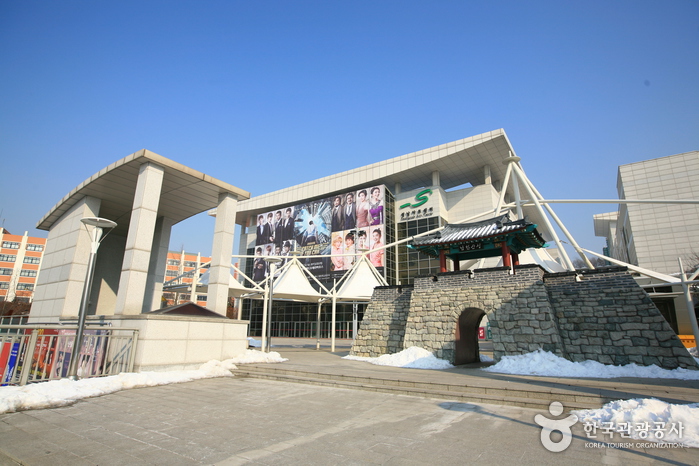
![Olens - Chung-Ang Univ. Branch [Tax Refund Shop] (오렌즈 중앙대)](http://tong.visitkorea.or.kr/cms/resource/16/2880016_image2_1.jpg)
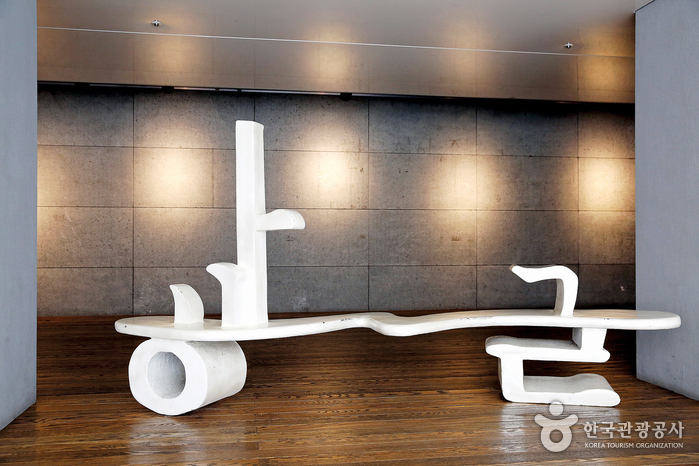
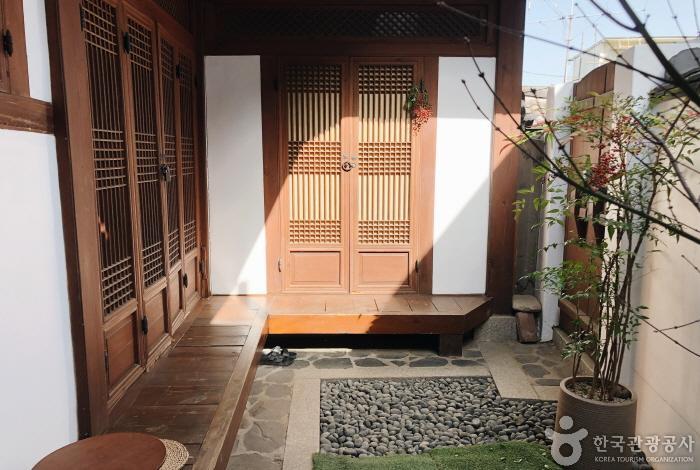
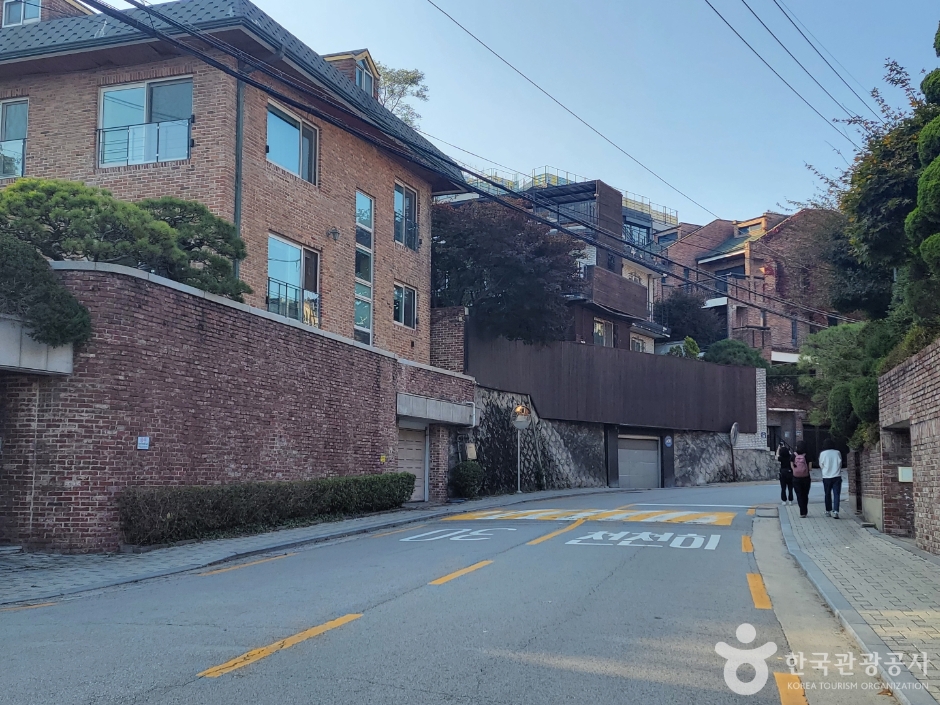
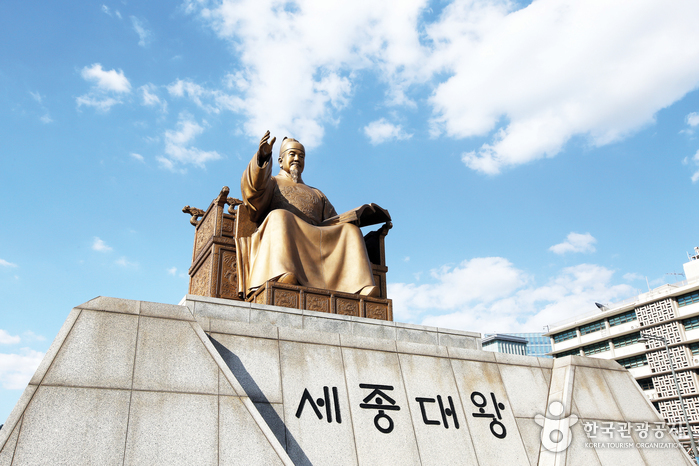
 English
English
 한국어
한국어 日本語
日本語 中文(简体)
中文(简体) Deutsch
Deutsch Français
Français Español
Español Русский
Русский